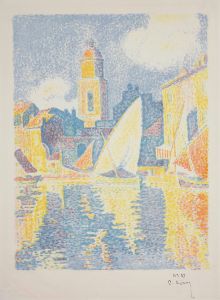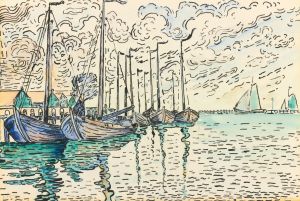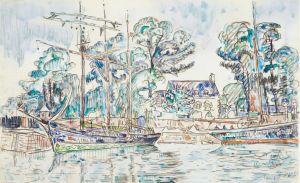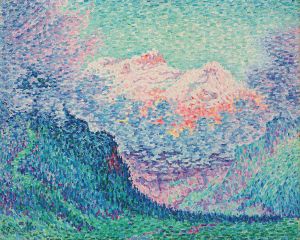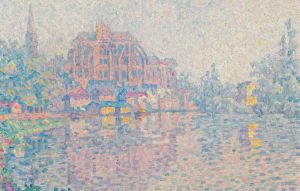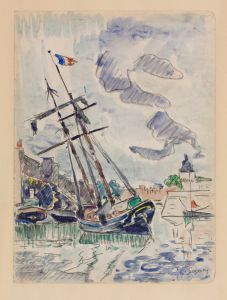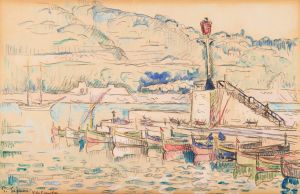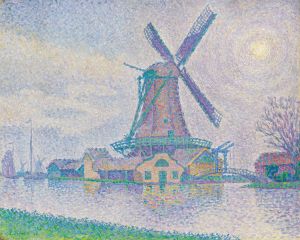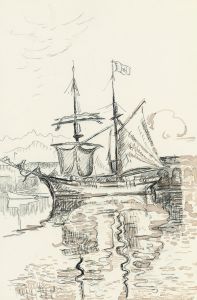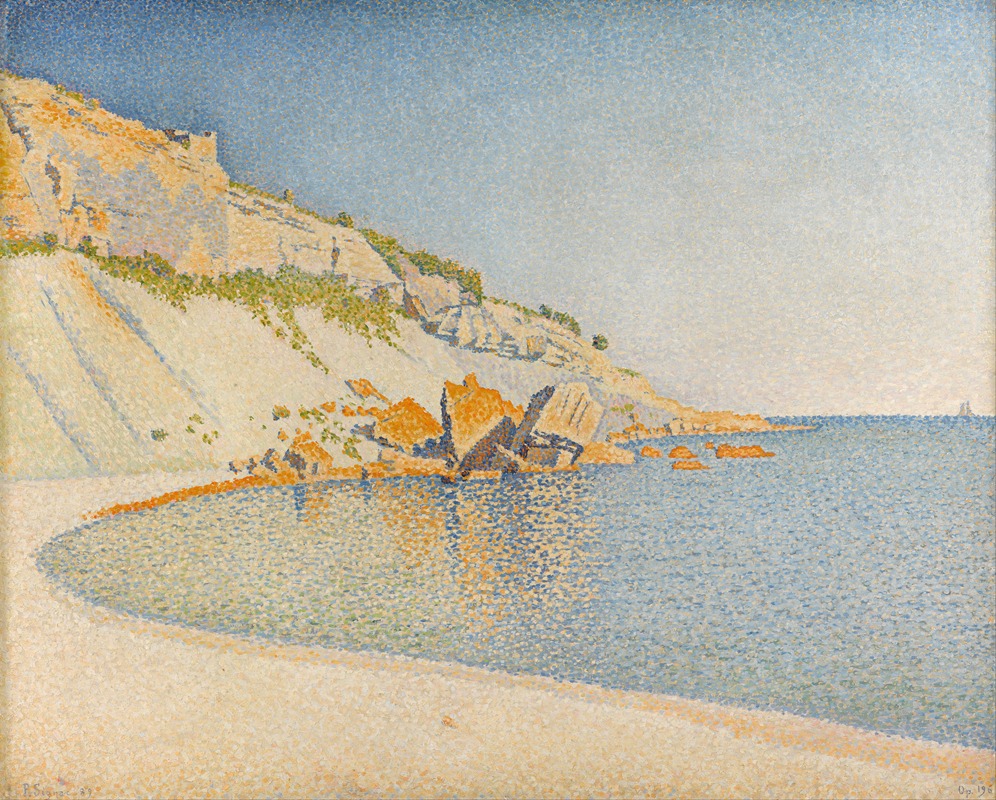
Cassis, Cap Lombard, Opus 196
A hand-painted replica of Paul Signac’s masterpiece Cassis, Cap Lombard, Opus 196, meticulously crafted by professional artists to capture the true essence of the original. Each piece is created with museum-quality canvas and rare mineral pigments, carefully painted by experienced artists with delicate brushstrokes and rich, layered colors to perfectly recreate the texture of the original artwork. Unlike machine-printed reproductions, this hand-painted version brings the painting to life, infused with the artist’s emotions and skill in every stroke. Whether for personal collection or home decoration, it instantly elevates the artistic atmosphere of any space.
Paul Signac's painting "Cassis, Cap Lombard, Opus 196" is a notable work within the Post-Impressionist movement, specifically associated with the technique known as Pointillism or Divisionism. Signac, a French Neo-Impressionist painter, was a contemporary and collaborator of Georges Seurat, the pioneer of this technique. Born in 1863, Signac was deeply influenced by the Impressionists but sought to develop a more scientific approach to color and composition, which led him to adopt and refine Pointillism.
"Cassis, Cap Lombard, Opus 196" was painted in 1889, during a period when Signac was exploring the French Mediterranean coast. Cassis, a picturesque fishing village located near Marseille, provided a rich source of inspiration for Signac. The painting captures the vibrant and luminous atmosphere of the region, characterized by its clear skies, shimmering waters, and rugged coastline. Signac's choice of Cassis as a subject reflects his interest in capturing the effects of light and color in natural settings.
The painting is executed in the Pointillist style, which involves applying small, distinct dots of color to the canvas. This technique relies on the viewer's eye to blend the colors optically, creating a more vibrant and luminous effect than traditional methods of mixing pigments on a palette. In "Cassis, Cap Lombard, Opus 196," Signac employs a palette of bright, contrasting colors to depict the landscape, with particular attention to the interplay of light and shadow on the water and rocks.
Signac's meticulous application of color theory is evident in the painting's composition. He uses complementary colors to enhance the vibrancy of the scene, a hallmark of the Pointillist technique. The use of blues and oranges, for example, creates a dynamic contrast that captures the intensity of the Mediterranean light. The painting's structure is also carefully considered, with a balanced arrangement of forms that guides the viewer's eye through the composition.
"Cassis, Cap Lombard, Opus 196" is not only a testament to Signac's technical skill but also reflects his philosophical approach to art. Signac was an advocate for the idea that art should be a harmonious and scientific exploration of color and form. His work, including this painting, embodies the Neo-Impressionist belief in the power of color to evoke emotion and meaning.
Throughout his career, Signac remained committed to the principles of Neo-Impressionism, and his work had a significant influence on subsequent generations of artists. His exploration of color and light paved the way for developments in modern art, including Fauvism and Cubism. "Cassis, Cap Lombard, Opus 196" is an important example of his contribution to the evolution of painting in the late 19th and early 20th centuries.
Today, Signac's works, including "Cassis, Cap Lombard, Opus 196," are celebrated for their innovative use of color and their role in the broader context of art history. The painting is held in high regard by art historians and continues to be studied for its technical and aesthetic achievements. Signac's legacy as a pioneer of color theory and a master of the Pointillist technique endures, and his works remain influential in the ongoing exploration of color and form in art.





